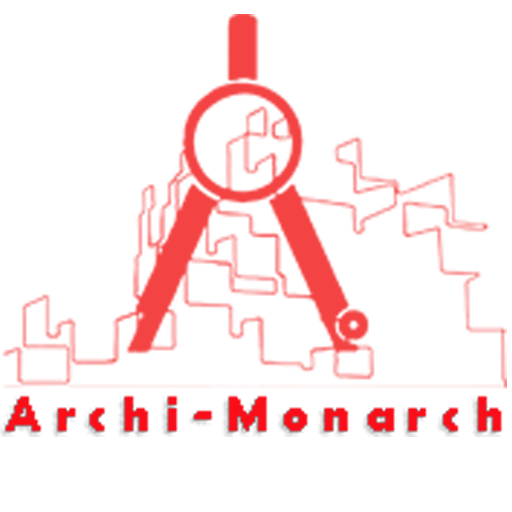A volleyball court, in architectural terms, is a specifically designed space that meets the standard dimensions and requirements for playing the sport of volleyball. The court typically measures 18 meters in length and 9 meters in width, divided equally by a central net.
In designing a volleyball court, architects must consider factors such as surface material, lighting, ventilation, and safety clearances around the playing area. Indoor courts are often housed in gymnasiums with high ceilings—usually at least 7 meters—to allow for unobstructed play.
Flooring is usually made of wood or synthetic materials that provide shock absorption and reduce the risk of injury. Outdoor courts, often used for beach volleyball, require weather-resistant materials and proper drainage.
Whether indoor or outdoor, the architectural planning of a volleyball court aims to create a safe, functional, and comfortable environment for athletes and spectators alike.
If you want to know about the submission drawing or miscellaneous detail or interior detail, please click the link.
Image of Volleyball court detail and downloadable (in DWG) link below

Volleyball court detail drawing – 1
In construction, a volleyball court detail drawing is a technical representation that outlines the dimensions, materials, and construction specifications required to build a standard volleyball court.
This drawing is crucial for ensuring the court is built according to international regulations, such as those set by FIVB (Fédération Internationale de Volleyball).
Key Elements in a Volleyball Court Detail Drawing:
Dimensions:
- Court size: 18 meters (length) × 9 meters (width).
- Clearance zone: Minimum 3 meters on all sides (ideally 5 meters or more in professional courts).
- Net height: 2.43 meters for men, 2.24 meters for women.
Surface Details:
- Indoor courts: Typically show wood or synthetic flooring layers with shock-absorbing substructure.
- Outdoor/beach courts: Include sand layer depth (typically 30-40 cm), drainage systems, and edge restraints.
Layering and Materials:
- Concrete base layer (for indoor/outdoor hard courts).
- Sub-base compacted soil or gravel layer (shown in sectional views).
- Finishing layer (timber flooring, vinyl, or sand depending on type).
Net System:
- Pole anchoring details.
- Adjustable net mechanism.
- Foundation for net posts with concrete footings or sockets.
Drainage and Slope (for outdoor courts):
- Slight slope (about 1%) for water runoff.
- Drainage channels or underground pipes shown in cross-sections.
Lighting and Electrical (if applicable):
- Placement of lighting poles or ceiling-mounted fixtures.
- Electrical conduit layout.
Markings:
- Line markings for court boundaries and center line.
- Material for markings (paint or inlaid tape).
Other Considerations:
- Seating or spectator areas.
- Access paths or ADA compliance in public facilities.
These detailed drawings are typically included in architectural construction sets and are accompanied by notes, section views, and construction specifications to guide contractors and ensure compliance with design standards.
Our tips to help you improve your architectural Volleyball court detailing.
